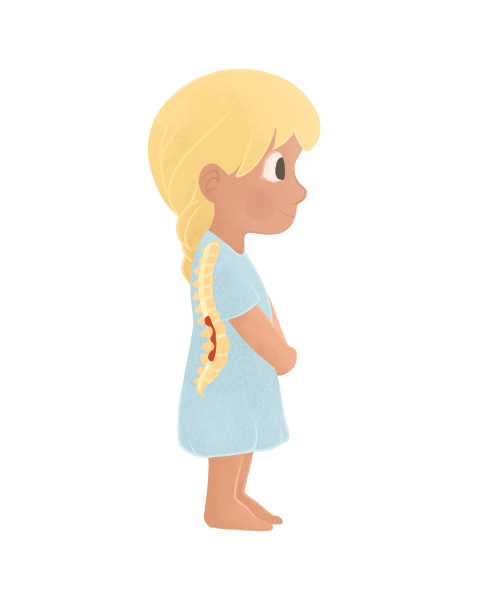
Health problems are common in children and adults with
achondroplasia. Patients and parents of patients must watch for
possible complications, and manage any problems that occur.
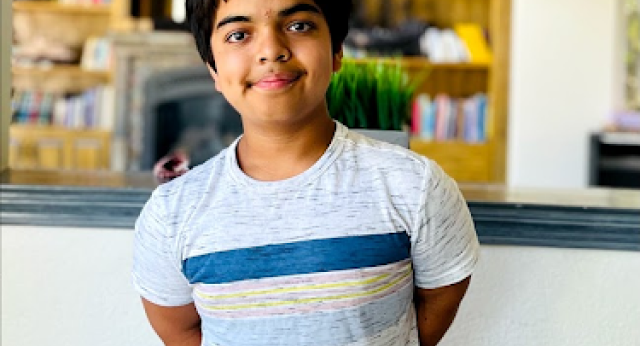
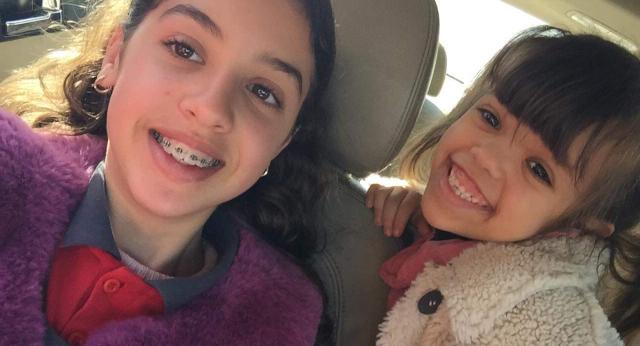
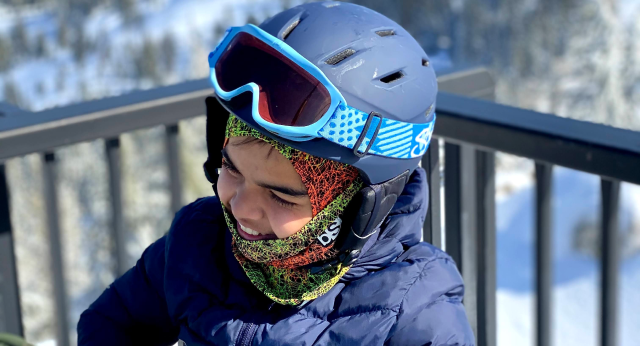
Achondroplasia
Not all of the following problems occur in every individual with achondroplasia:
This can result in compression at the foramen magnum and/or hydrocephalus.
The bony hole at the base of the skull through which the brainstem and spinal cord exit the skull can cause
a child’s brainstem to “kink.”
Brainstem compression can ultimately lead to death if it is left untreated, so parents and physicians of
achondroplastic children should watch for the symptoms outlined above.
This can cause a child to have:
Treatment involves surgery to widen the opening by removing bone and ligaments from the problem area to make more room for neural structures.
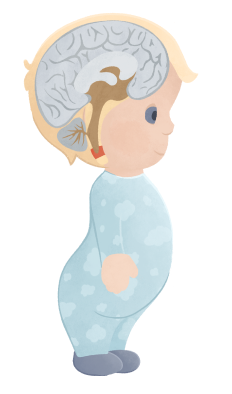
When the narrowing near the base of the skull prevents fluid from flowing freely around the brainstem or in
and out of the skull, the fluid collects in spaces in the child’s brain. The resulting condition is hydrocephalus.
In babies, the most evident symptom of hydrocephalus is a quickly enlarging head circumference.
Additional symptoms include headaches, irritability, lethargy and vomiting.
The most common treatment for hydrocephalus is the surgical insertion of a drainage system, called a shunt which is a long, thin and flexible tube placed under the skin. The tube comes with a valve that keeps fluid from the brain flowing in the right direction, into the child’s abdomen, and at the proper rate.
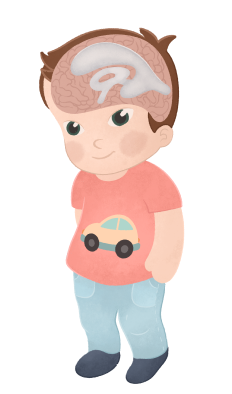
Achondroplasia
These might occur often, and may lead to hearing loss. These may need to be treated with antibiotics or ear tubes that allow air into the ear and prevent the buildup of fluid.

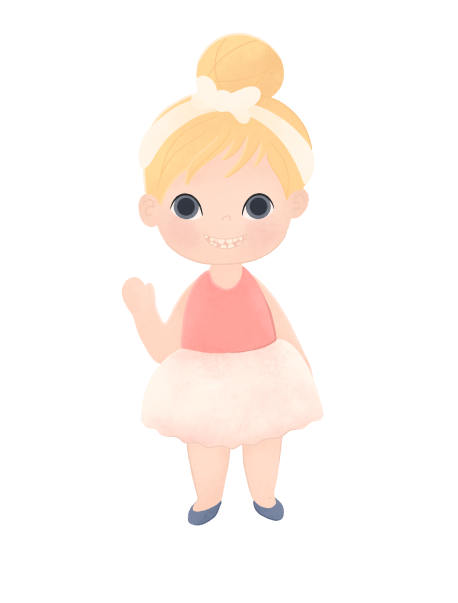
Achondroplasia
Dental issues like misaligned teeth, a narrow palate, open bite, or underbite are common in children with achondroplasia. Crowded or crooked teeth may need to be treated by an orthodontist.
Achondroplasia
Bowed legs can affect walking and running. Treatment involves surgical correction.
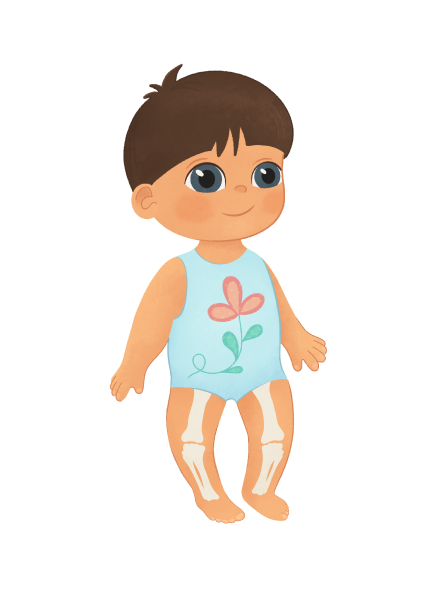
Achondroplasia
Spine curvature manifests itself in two different ways: kyphosis and lordosis.
This is an outward curved or forward bent lower spine during the infant years. This often goes away when a child begins to walk.
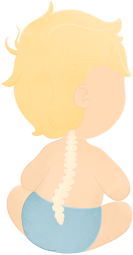
As the child begins to walk, often the lower back begins to curve inward. Physical therapy to strengthen muscles may help with lordosis. If the curvature is severe surgical intervention may be necessary.
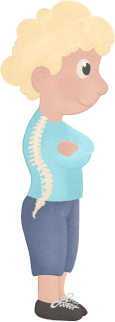
Achondroplasia
Fingers are typically short and the ring finger and middle finger may diverge, giving the hand a three-pronged (trident ) appearance.
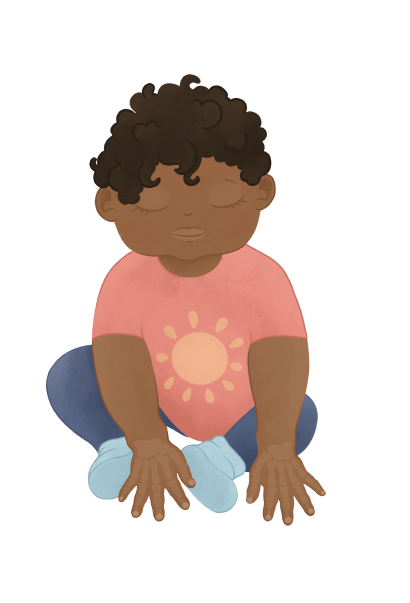

Achondroplasia
Sleep apnea affects about half of all people with achondroplasia. Breathing may repeatedly stop and start during sleep. This can be treated in various ways including machines to help the child breathe, medications and surgery to open up the airway by removing the tonsils and adenoids.
Babies often have episodes of apnea. Surgery to remove the tonsils and adenoids often corrects this problem.
Achondroplasia
Patients with achondroplasia have small vertebral canals (back bones) which may lead to spinal cord compression in the lower back, resulting in back and leg pain. This is called lumbar stenosis.
Occasionally children with achondroplasia may die suddenly in infancy or early childhood in their sleep due to compression of the upper end of the spinal cord, which interferes with breathing. This is called cervical stenosis.
Treatment for spinal stenosis includes self-care, physical therapy, and steroid injections. Severe cases may require surgical intervention.
